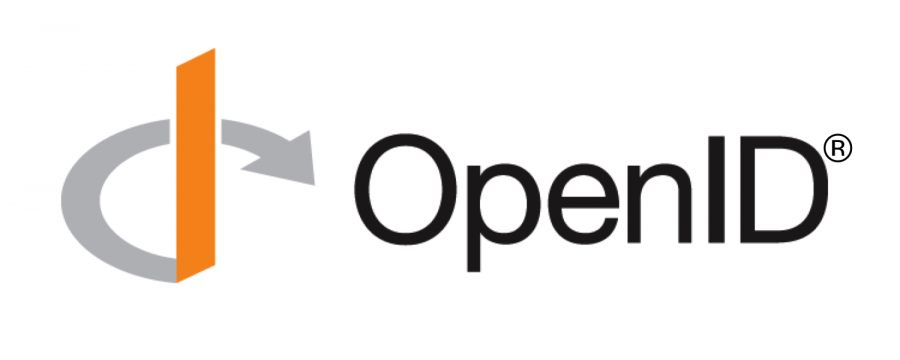Interesting read. This is essentially a WebSSO initiative with authentication based on CAC type ID cards or OpenID.
The CAC type of implementation (ID Cards) are not practical as they require everyone to have a card reader on their PC in order to do business with the government. I don’t see this happening anytime too soon.
I understand that there are several holes in the OpenID initiative. I wonder if they have been fixed (I wonder if it matters).
Either way, Sun’s openSSO initiative is well positioned as it allows OpenID as a form of authentication. The fact that the government is looking at open source for this (OpenID) bodes well for openSSO.
Link to article on PCmag.com:
http://blogs.pcmag.com/securitywatch/2009/09/federal_government_starts_iden.php.
Text version of the article:
Federal Government Starts Identity Initiative
As part of a general effort of the Obama administration to make government more accessible through the web, the Federal government, through the GSA (Government Services Administration), is working to standardize identity systems to hundreds of government web sites. The two technologies being considered are OpenID and Information Cards (InfoCards). The first government site to implement this plan will be the NIH (National Institutes of Health).
OpenID is a standard for “single sign-on”. You may have noticed an option on many web sites, typically blogs, to log on with an OpenID. This ID would be a URI such as john_smith.pip.verisignlabs.com, which would be John Smith’s identifier on VeriSign’s Personal Identity Portal. Many ISPs and other services, such as AOL and Yahoo!, provide OpenIDs for their users. When you log on with your OpenID the session redirects to the OpenID server, such as pip.verisignlabs.com. This server, called an identity provider, is where you are authenticated, potentially with stricter measures than just a password. VeriSign is planning to add 2-factor authentication for example. Once authenticated or not, the result is sent back to the service to which you were trying to log in, also known as a relying party.
Information Cards work differently. The user presents a digital identity to a relying party. This can be in a number of forms, from a username/password to an X.509 certificate. IDs can also be managed by service providers who can also customize their authentication rules.
The OpenID Foundation and Information Card Foundation have a white paper which describes the initiative. Users will be able to use a single identity to access a wide variety of government resources, but in a way which preserves their privacy. For instance, there will be provision for the identity providers to supply each government site with a different virtual identity managed by the identity provider, so that the user’s movements on different government sites cannot be correlated.
Part of the early idea of OpenID was that anyone could make an identity provider and that everyone will trust everyone else’s identity provider, but this was never going to work on a large scale. For the government there will be a white list of some sort that will consist of certified identity providers who meet certain standards for identity management, including privacy protection.

